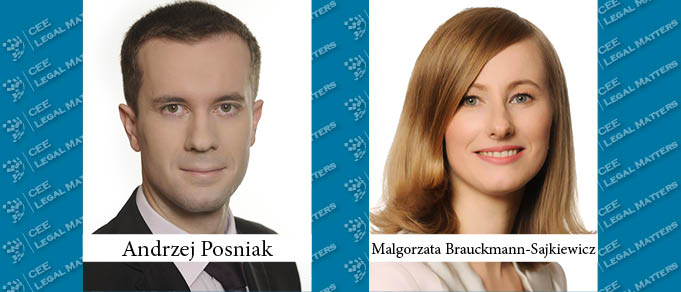Given the significant tightening of Polish tax regulations with regard to carrying out and appropriately documenting and reporting transactions, implementing a tax risk management policy has now become a business necessity in Poland both for enterprises with Polish capital and global giants with Polish subsidiaries.
Recent changes, including new transfer pricing documentation requirements, limitations of tax deductibility of costs, MDR reporting, withholding tax compliance, ATAD 2 directive changes, and VAT system changes (including split payment) – to name just a few – are numerous and comprehensive. They may have implications for the owners of firms or company managers, who can face both individual criminal liability and criminal-fiscal liability, including for MDR reporting, withholding tax reporting, and the market character of transactions between related parties. We may also soon witness the introduction of criminal fiscal liability for companies that hire over 250 employees, as the Polish government is now preparing a draft in this respect.
Tax risk management consists of three areas: tax planning, tax reporting, and internal tax control. An effective structuring of the tax function within an enterprise makes it possible to identify risk early, take steps aimed at securing the enterprise against this risk, and be in a better position in the event of a tax inspection.
How should one go about implementing a tax function within an organization? First of all, it is necessary to get the full picture of how the company manages tax risk. To this end, it is necessary to map the business processes (including purchases, sales, accounts, mergers and acquisitions, cross-border business activities, and settlements with shareholders) with regard to their impact on the possibility of tax risks occurring, to analyze the tax reporting processes in the company, and to analyze the systems, bases, and tools which support the tax function. It is also essential to check, in particular, how information which is important for determining tax risks and tax-generating events is communicated in the organization, and whether the right people are receiving the right information at the right time. It is often precisely the actual communication itself in the firm that is at fault, as it does not match the declared culture of full and rapid communication. Another important element is a tax review aimed at identifying tax risks related to irregularities in managing the tax function in a firm.
The next step should be to implement changes in the organization, including creating or making changes in processes and procedures. Here tax specialists should work closely with the company’s management board and employees involved in tax risk management in various company departments – not only with the finance-accounts department. IT consultants must also be involved in order to make appropriate modifications to the finance-accounts systems. It is worth adding that managers must ensure that the employees understand the purpose and advantages of the changes. This can be achieved through training sessions and appropriate communication. Effective tax risk management is only possible when changes are introduced and carried out at every level in the organization.
A firm which has a properly functioning tax risk management system is in a better position in the event of a tax inspection. Tax affairs are in order, and trained employees know how to behave. Moreover, a company with a functioning risk management system has the appropriate documents to show during an inspection – from those documenting transactions with business partners, to mandatory transfer price documentation, proof of performance of intangible services, and documents required for withholding tax compliance. The fact that an inspection is carried out does not mean – especially for the finance-accounts department – that the work routine will be completely interrupted as the company has a defense file and other useful tools which it can use during the inspection.
Finally, having a functioning tax risk management model in the company shows that appropriate due diligence regarding management of the company’s tax and finance affairs is being observed. An efficient tax risk management system significantly increases the chances of eliminating tax risks before they reach the point of becoming a genuine threat to the business and a trigger of personal tax liability for the manager.
By Andrzej Posniak, Managing Partner, Malgorzata Brauckmann-Sajkiewicz, Counsel, CMS Warsaw
This Article was originally published in Issue 7.9 of the CEE Legal Matters Magazine. If you would like to receive a hard copy of the magazine, you can subscribe here.
